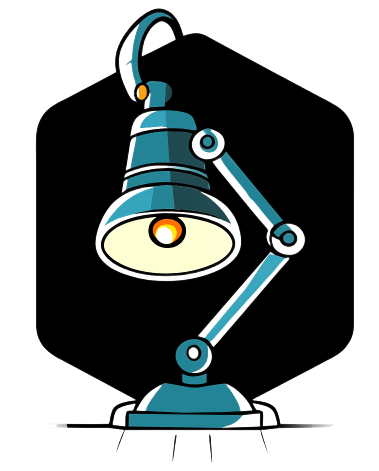To properly clean computer fans and ventilation, follow these steps:
- Positioning: Ensure that compressed air is located at least 6 cm away from the CPU fan.
- Spraying: Spray the air onto the metal filters and grille with gentle strokes.
- Blades: Spray the air onto the fan blades.
- Angles: Spray the air at various angles to remove more dust.
To clean the dust from the fans, it is useful to use a can of compressed air. Avoid using a compressor as it may spray water that could damage the computer and potentially cause circuit oxidation.
To clean a fan without breaking it, follow these steps:
- Use a microfiber cloth or a dust-catching duster to remove surface dirt and dust.
- Then, use a damp cloth with white vinegar to clean the fan blades, buttons, grille, and other parts of the fan. Be careful not to touch the cables and plug.
To clean a laptop fan without completely removing it, follow these methods:
- Remove the side panel of the computer case (next to the motherboard) and blow directly onto the fan (without removing it) to remove dust.
A simple solution to clean the exterior of a laptop is to use isopropyl or ethyl alcohol. It can be easily purchased on Amazon in concentrations ranging from 90% to 100%. Additionally, compressed air and a microfiber cloth can be used for optimal results.
Furthermore, you might ask: "When does the computer fan make a sound?" When the computer fan spins loudly for more than 20 seconds, it could indicate a problem with the fan or the computer overheating. To resolve issues with a noisy fan, adjust energy-saving settings and allow the computer to cool down for a few minutes.
You may also inquire about the cost of cleaning computer fans. The prices for internal PC cleaning with fan replacement, RAM, HDD, and thermal paste range from €44.00. Additionally, you can replace the processor fan, RAM, power supply, HDD, and CD/DVD drives for €28.00. The processor replacement with included thermal paste costs €38.00. You can also request a case replacement.
Is it necessary to use a heat sink to clean the CPU? Since this has been done, we can proceed with the cleaning using cotton swabs, flannel cloth, hairdryer, and everything needed to properly clean the blades, plastic, and aluminum heatsink.
To clean the computer, you can use a compressor or a can of compressed air, a brush with natural bristles, and cotton swabs for internal cleaning. Use the can in a vertical position to prevent liquid from escaping, which could damage computer parts.
Additionally, you may wonder how to clean a laptop. To do so, dampen a cloth with a mixture of water and isopropyl alcohol. After squeezing it as much as possible to ensure no solution drips into the notebook, wipe the cloth over the keyboard and other surfaces.
